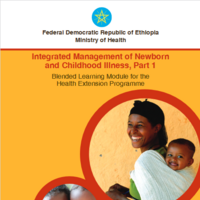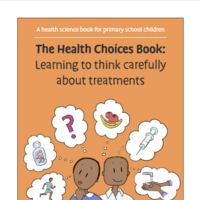Search
Books+
Searching 1,73 books
Search related to the career Radiologic Technologist
Benefits of Accurate Imaging in the Diagnosis of Medical Conditions:
1. Early Detection: Accurate imaging techniques such as X-rays, CT scans, MRI scans, and ultrasounds can help in the early detection of various medical conditions. This allows for prompt intervention and treatment, potentially improving patient outcomes.
2. Precise Diagnosis: Accurate imaging provides detailed and precise information about the internal structures of the body. It helps healthcare professionals identify and diagnose medical conditions with greater accuracy, reducing the chances of misdiagnosis or unnecessary procedures.
3. Non-Invasive: Many imaging techniques are non-invasive, meaning they do not require any surgical incisions. This reduces patient discomfort, minimizes the risk of complications, and allows for quicker recovery compared to invasive diagnostic procedures.
4. Guidance for Treatment Planning: Accurate imaging helps healthcare providers plan appropriate treatment strategies. It provides valuable insights into the location, size, and extent of the medical condition, enabling doctors to develop personalized treatment plans tailored to the patient's specific needs.
5. Monitoring Treatment Progress: Imaging techniques allow healthcare professionals to monitor the effectiveness of ongoing treatments. By comparing images taken before and after treatment, they can assess the progress, make necessary adjustments, and ensure the most optimal outcomes for patients.
6. Minimizing Invasive Procedures: Accurate imaging can help avoid unnecessary invasive procedures by providing valuable information about the condition. It allows doctors to determine if a less invasive approach, such as medication or targeted therapy, would be more appropriate, reducing the risks and costs associated with invasive interventions.
7. Improved Patient Communication: Accurate imaging provides visual representations that can be easily understood by patients. It helps healthcare professionals explain medical conditions, treatment options, and potential risks in a more comprehensible manner, facilitating informed decision-making and patient engagement.
8. Research and Education: Accurate imaging plays a crucial role in medical research and education. It allows researchers to study diseases, develop new treatment methods, and improve medical knowledge. Additionally, it serves as a valuable educational tool for training healthcare professionals in the interpretation and analysis of medical images.
In summary, accurate imaging in the diagnosis of medical conditions offers numerous benefits, including early detection, precise diagnosis, non-invasiveness, treatment planning guidance, treatment progress monitoring, reduction of invasive procedures, improved patient communication, and support for research and education.
Source: Various AI tools



















